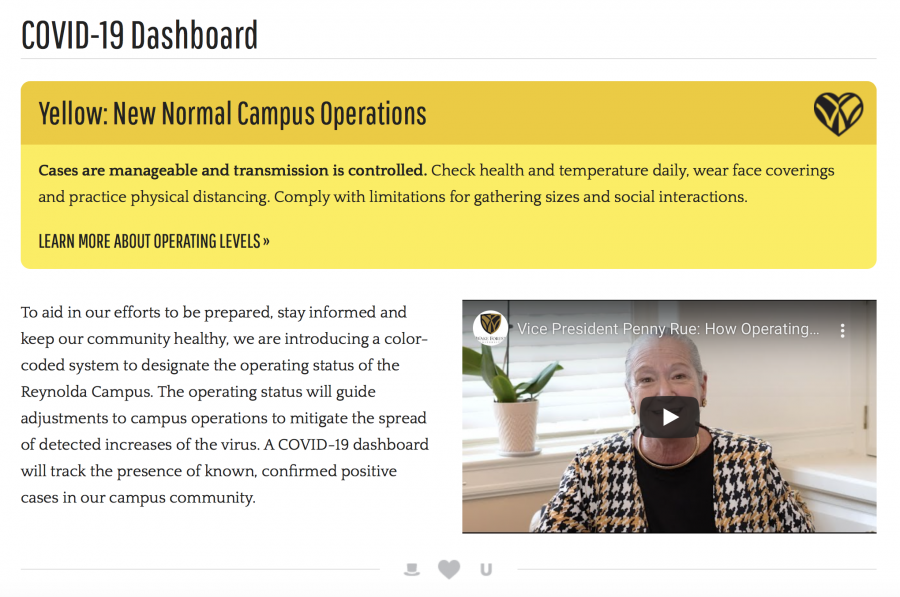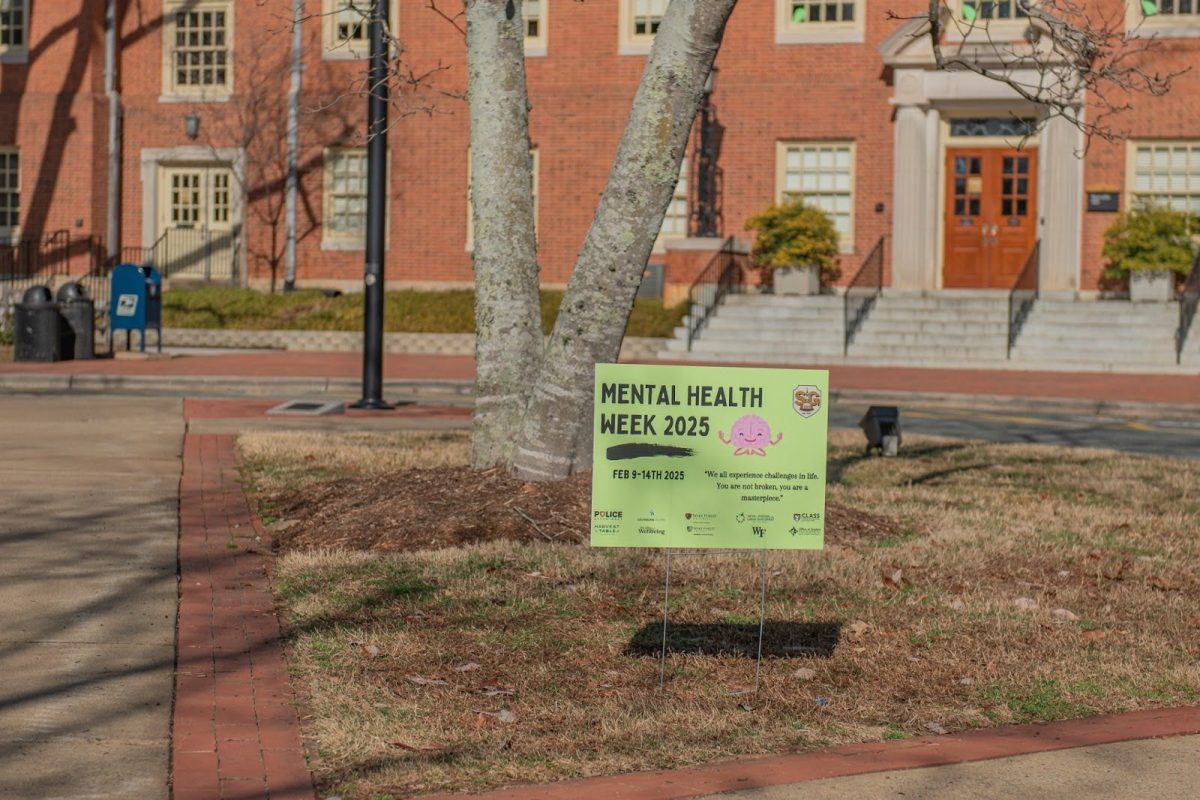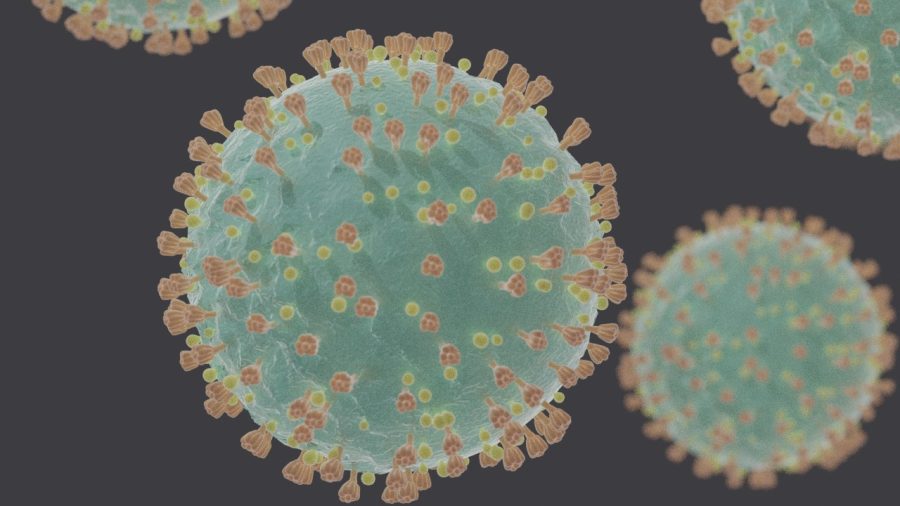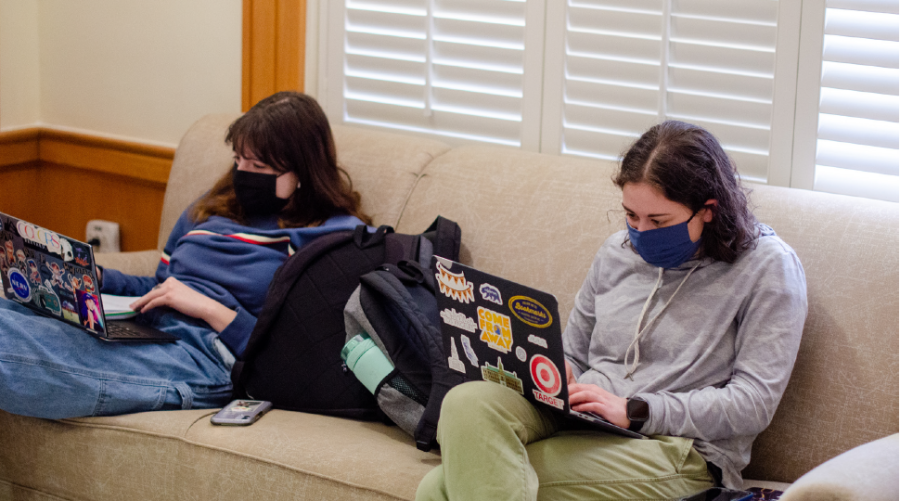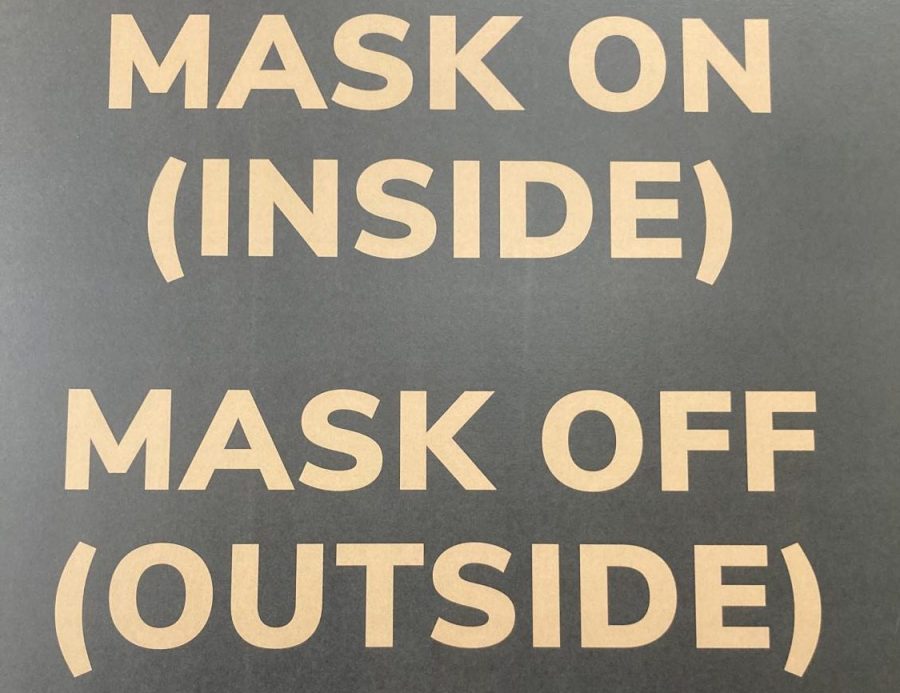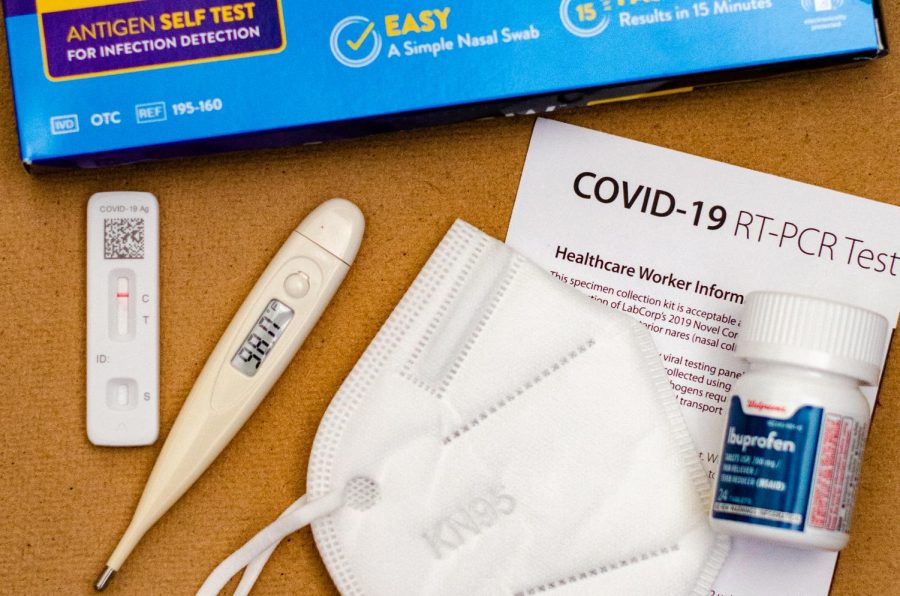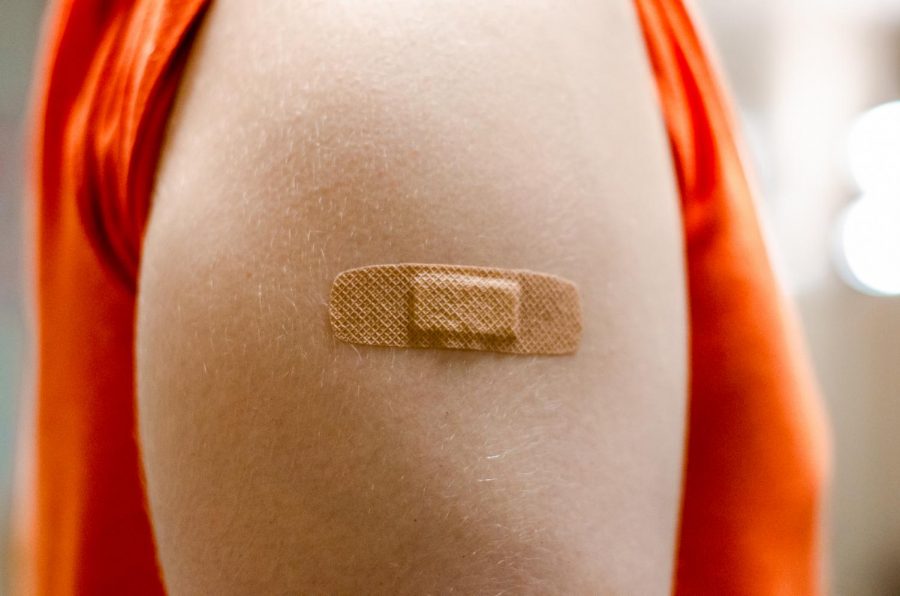In preparation for the start of the semester, Wake Forest released their COVID-19 dashboard on Aug. 25 with an operating level of Yellow. With 11 total recorded cases since Aug. 17, this number and other measures such as capacity of resources and community compliance will allow Wake Forest’s campus to function under the normal coronavirus restraints and signifies that “transmission is manageable.”
The dashboard, which will be updated every weekday, displays a bar chart of daily case counts among students, faculty and staff who “interact with the Reynolda Campus.” The decision not to delineate between students and employees is distinct from other universities’ dashboards. UNC Chapel Hill’s tracker includes positive case count, campus testing, campus housing occupancy and PPE availability. Duke University’s dashboard includes data on students and employees, and whether or not they were tested via random survey or based on contact tracing or symptoms. University of Miami has a count of how many students are in quarantine and isolation, as well as hospitalizations. Notre Dame university delineates between undergraduate and graduate populations, and NC State separates students and employees in positive case counts.
“Our goal is to provide valuable information that helps people understand what is happening in our community so they can make good decisions. We studied dashboards from many other institutions and learned a great deal about the nuances of all the variables that can be reported,” said Mark Petersen, Vice President for University Advancement. “In consultation with our infectious disease experts, we settled on keeping the first iteration of our dashboard simple and clear. We are open to adding more information as the semester unfolds as we hear from the campus what would be most useful.”
Petersen explained that, while transparency is critical, “when the situation appears under control and the numbers are low, it can give a false sense that the virus is not present.” The possibility for students relaxing too much can be seen in Notre Dame’s coronavirus data. On Aug. 15, there were four positive cases. Two days later, Notre Dame saw three consecutive days averaging 90 new cases each. Not soon after, their campus was on heavy lockdown to stem the spread of the virus.
In regards to what data the university can release, there are two legal guidances at work: the Family Educational Rights and Privacy Act (FERPA) and the Health Insurance Portability and Accountability Act of 1996 (HIPAA), alongside other federal and state laws. FERPA is a federal law that protects the privacy of students’ “educational” and “treatment” records. On the other hand, HIPAA “is a federal law that requires the creation of national standards to protect sensitive patient health information from being disclosed without the patient’s consent or knowledge,” as defined by the Center for Disease Control. More specifically, HIPAA includes a Privacy Rule which “requires covered entities [in this case, the university] to protect individuals’ health records and other identifiable health information by requiring appropriate safeguards to protect privacy, and setting limits and conditions on the uses and disclosures that may be made of such information without patient authorization.”
Cheryl Walker, the executive director of News & Communication, specifically noted that the confidentiality laws outlined in HIPAA “prevent the university from disclosing any identifying information about affected individuals.”
As explained by the Department of Education and Department of Health and Human Services, “many schools, even those that are HIPAA covered entities, are not required to comply with the HIPAA Privacy Rule because the only health records maintained by the school are ‘education records’ or ‘treatment records’ of eligible students under FERPA.” However, the privacy rule still applies to employees of the university.
“The university has taken care to comply with its obligations under FERPA, and therefore, is not disclosing identifiable information about students who may test positive for the virus. FERPA does apply to information about students who are residing off-campus as well, so the university does not differentiate between how information about on-campus and off-campus students is protected,” said Wake Forest Deputy General Counsel Dina Marty. “The university has not identified the role of individuals who are associated with the university and who test positive in an effort to protect the privacy of those individuals.”
Outside of personal information, there are other measures that the university can include in the dashboard such as the amount of quarantine and isolation rooms available, as well as the amount of tests administered.
Alongside the dashboard, Wake Forest has also outlined multiple different levels of operation.
“Containment of COVID-19 requires a campus community that is committed to working together to reinforce the plans contained in Our Way Forward,” said President Nathan Hatch in an Aug. 25 email. “To that end, we have developed a color-coded system to provide a summary view of the state of viral infection in our population and our ability to contain it.”
The most lenient operation level is Green, in which masks and social distancing would still be required but allow for more in-person gatherings and additional employees to return to campus. Currently, campus is in Yellow — meaning that the university is continuing with the base plans for the semester that are currently in motion. If the situation worsens, campus will shift to “Orange” and more courses will be moved online and in-person gatherings will be further reduced. Next is Red, which would reflect the current state of Notre Dame, as all classes would be online and campus activities would be suspended for at least two weeks. The final level is Purple, which would amount to university-wide activities being suspended and a reduction of the campus population.



